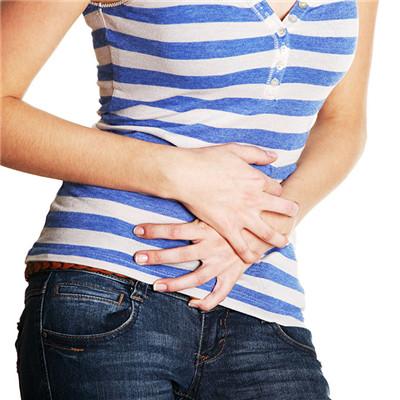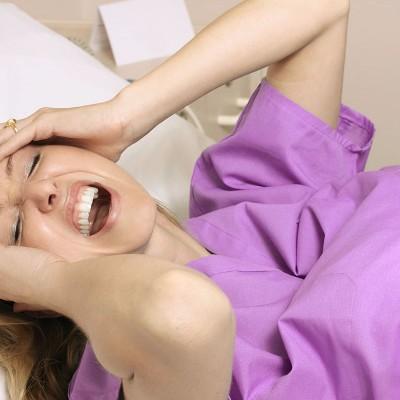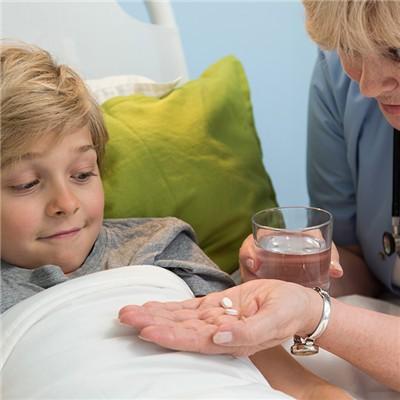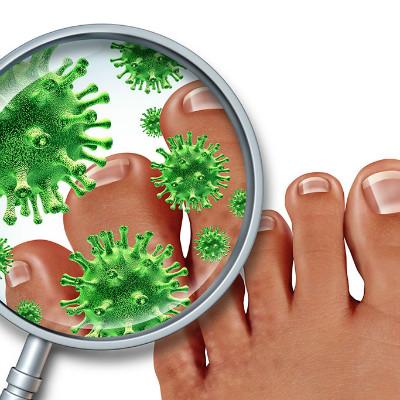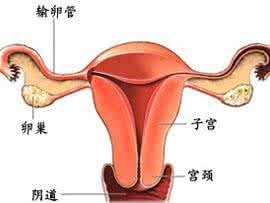How is menstruation coming again after amenorrhea to return a responsibility?
summary
Postmenopausal and "menstruation", exactly one year after menopause vaginal bleeding, clinically known as postmenopausal bleeding. This is a common disease in middle-aged and elderly women. The etiology is complex and the diagnostic methods are different. In the long-term clinical diagnosis, vaginal bleeding is one of the common gynecological symptoms, and it is often the primary symptom of female reproductive tract cancer. Especially for the middle-aged and old people with poor physical fitness, we should pay more attention to postmenopausal redness. Next, let's talk about the menstruation after amenorrhea.
How is menstruation coming again after amenorrhea to return a responsibility?
Postmenopausal hemorrhage may be caused by vulva, vagina, uterus, ovary, fallopian tube and other diseases. Its pathogenic factors may be inflammatory, endocrine (endogenous or iatrogenic), traumatic, foreign body, or even systemic hemorrhagic diseases. These diseases may be benign, malignant and non organic diseases.

Vaginal bleeding may be caused by organic lesions. Such as endometritis, submucous myoma, endometrial polyps, ovarian benign tumors, cervical erosion, polyps and various vaginitis, especially senile vaginitis. When senile vaginitis is serious, the secretion is purulent, smelly and bleeding.

Postmenopausal intrauterine device is not removed for a long time, because of postmenopausal ovarian atrophy, estrogen levels in the body decreased, resulting in uterine atrophy and IUD embedded into the myometrium, endometrial and myometrium damage can also cause vaginal bleeding. Taking pollen and hormone nourishing tonics at ordinary times may also cause vaginal bleeding.
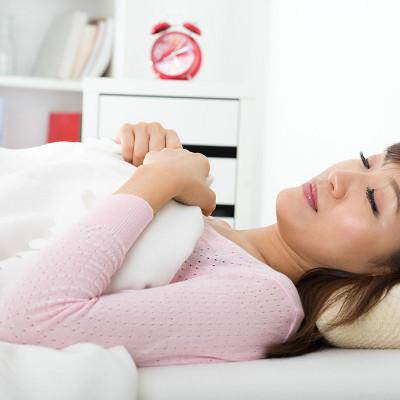
matters needing attention
For postmenopausal vaginal bleeding should be carefully distinguished, most of the situation is no big problem, do not be too nervous, but also can not give attention. Should go to the hospital to do some necessary examination, at the same time continue clinical observation.



